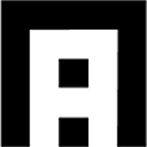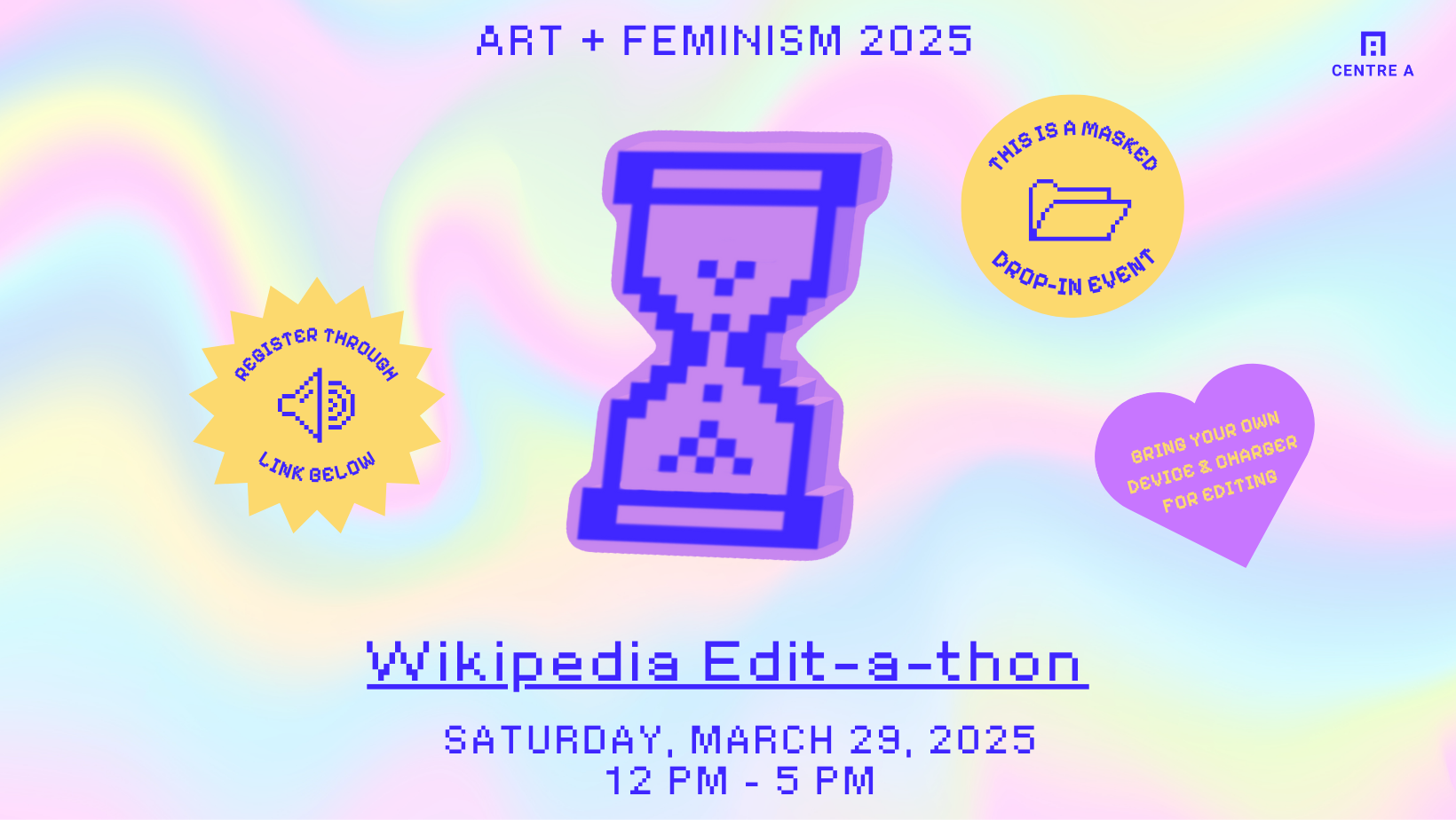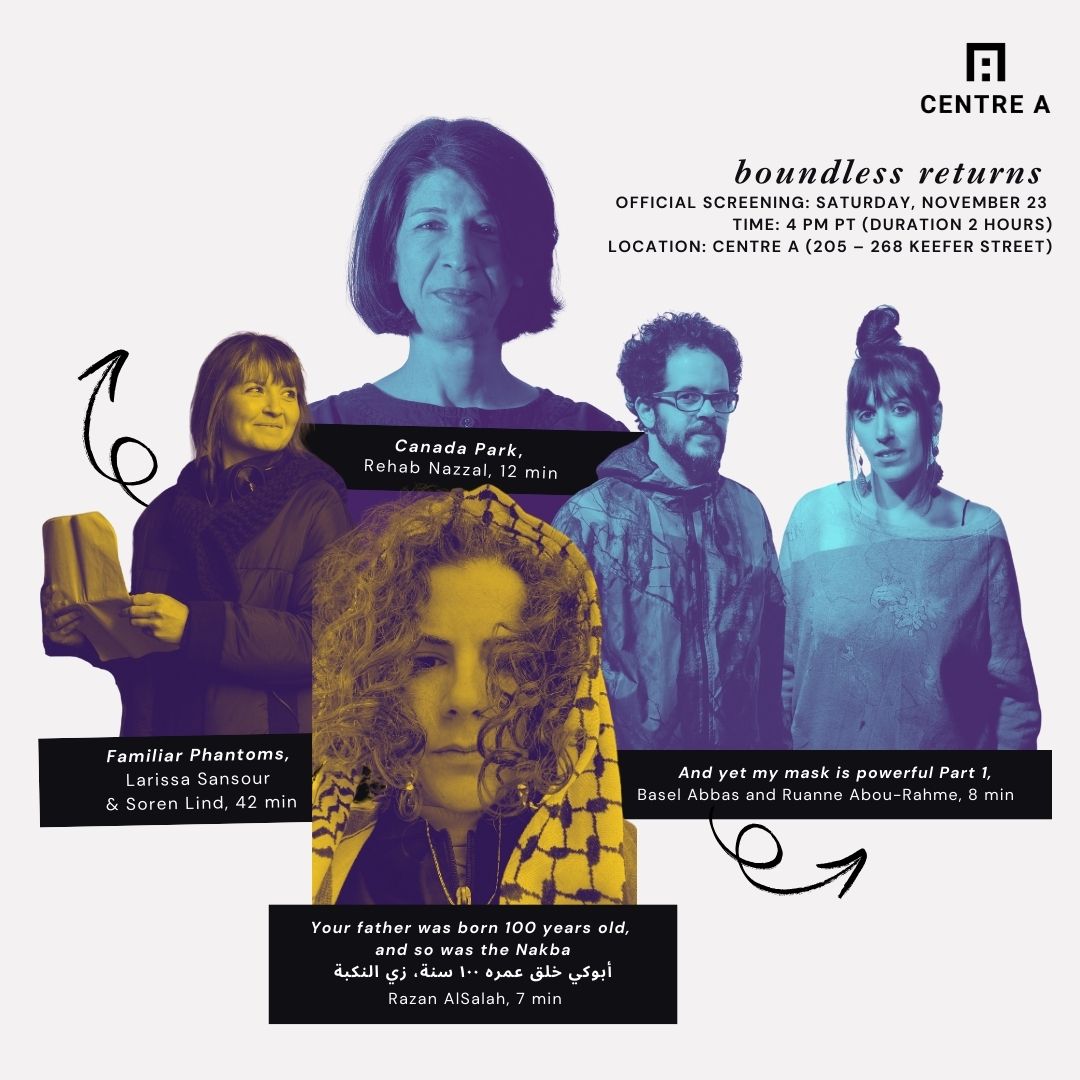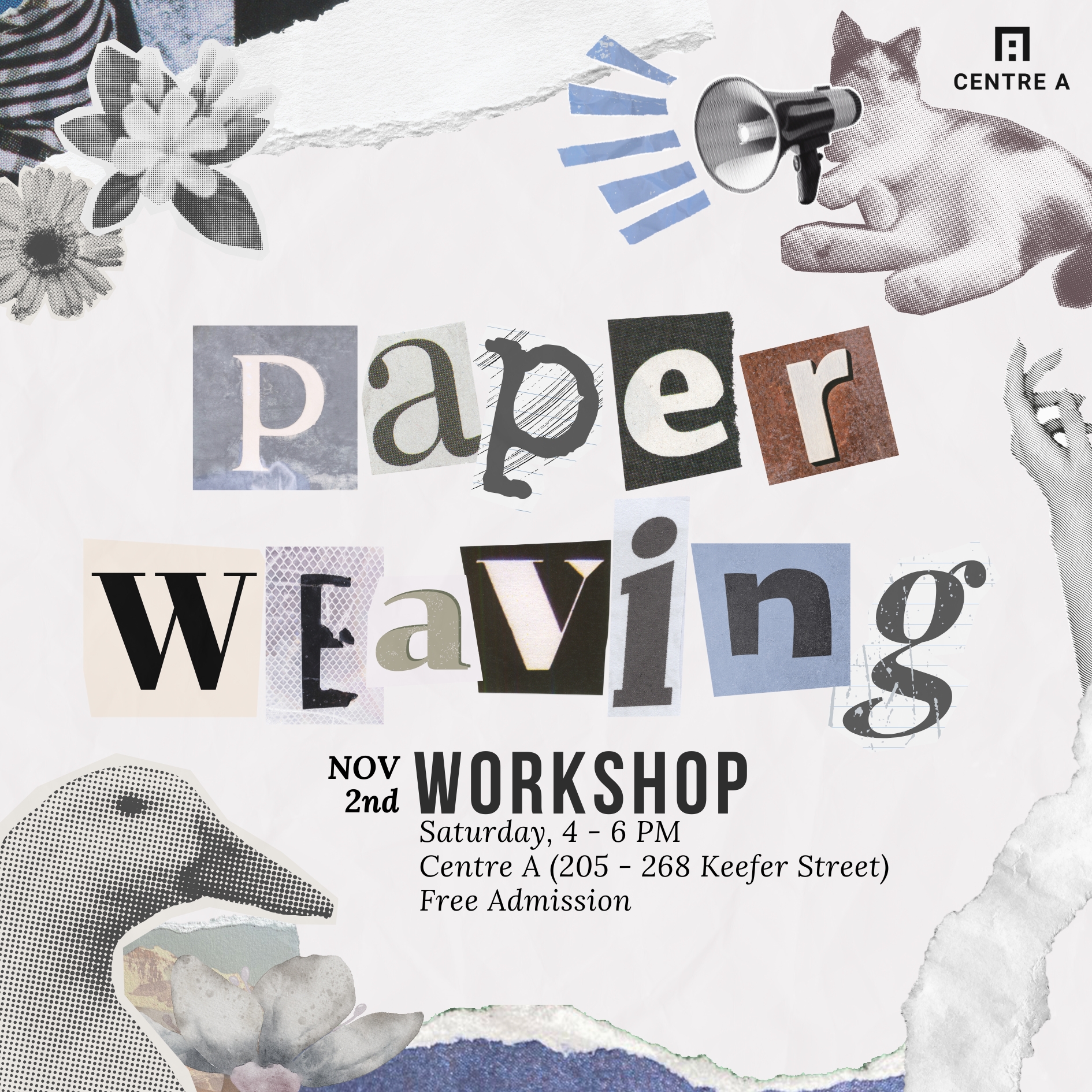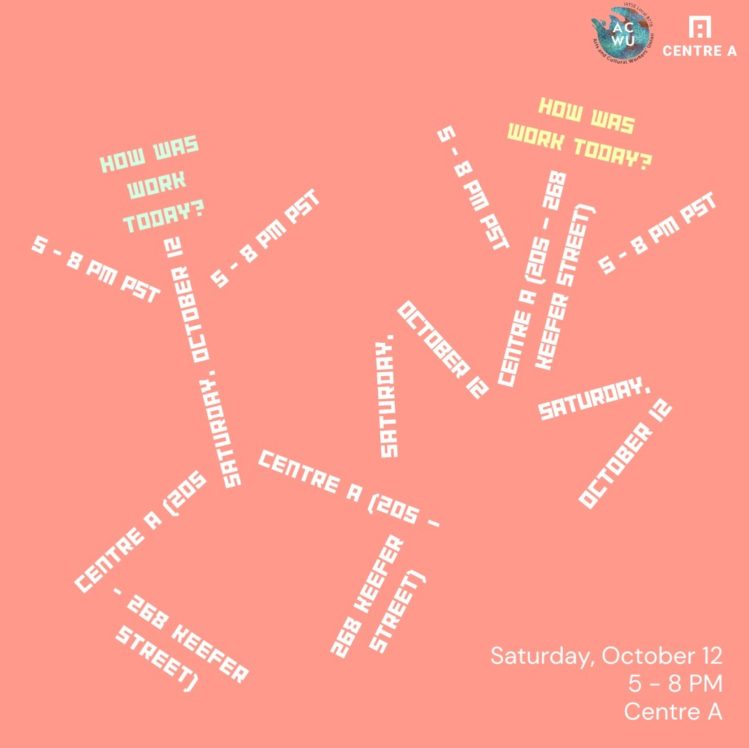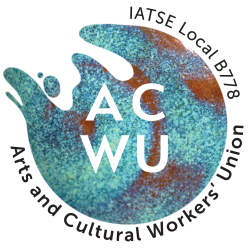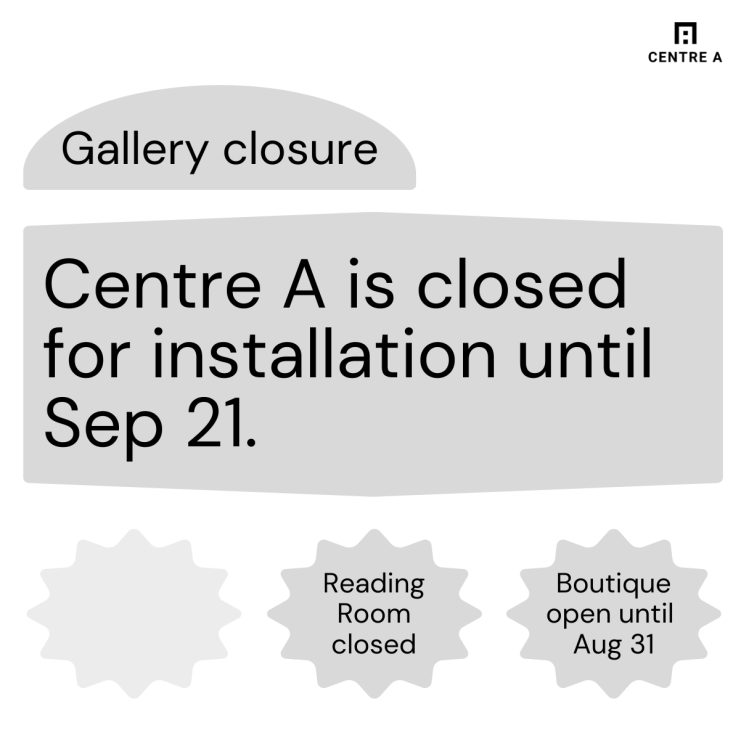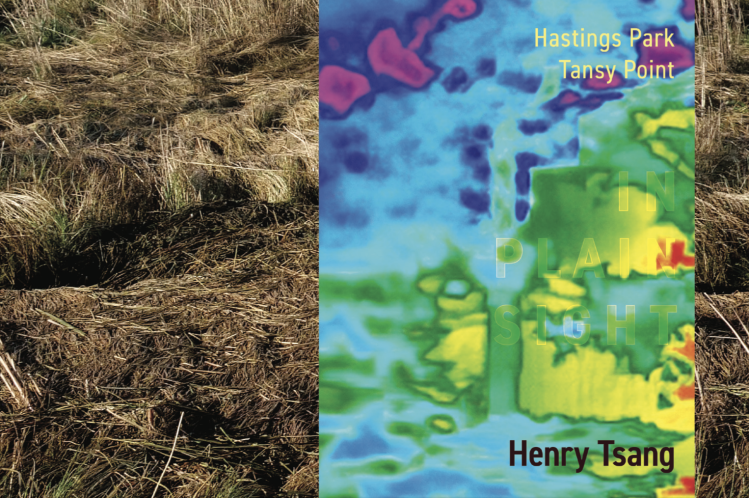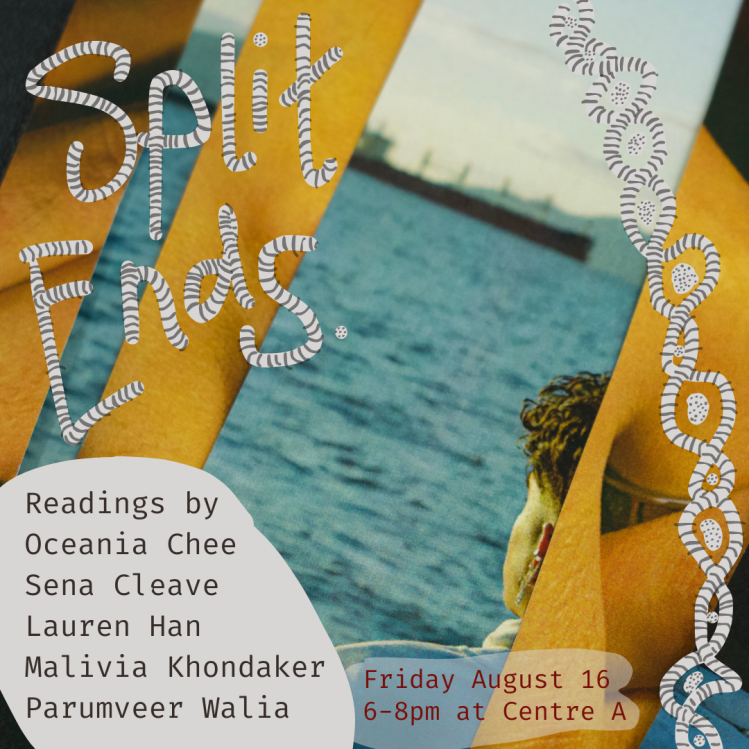Programs & Events
Programs & Events
BDS/PACBI Workshop with Artists4Palestine (Hybrid Event)
March 1, 2025
12 PM – 2 PM
Artists For Palestine will be joining us for a workshop on boycotts, divestments, and sanctions as a strategy to play an effective role in the global movement of justice for Palestinian people. Bring your questions about BDS and PACBI (Palestinian Academic Cultural Boycott of Israel), a boycott campaign highly relevant to scholars and artists. This workshop may be useful to individuals, as well as those shaping and pressuring institutional change. Snacks will be provided.
Registration link here
- This is a hybrid event. We ask that in person attendees wear a mask. KN95s and air purifiers will be on site. This event will have indoor eating.
- Childcare available upon request for in person events. Please email [email protected] if you require childcare minimally one week before each event.
- This year’s Art+ Feminism Wikipedia Edit-a-thon at Centre A is highlighting arts and culture as resistance to genocide and occupation. Check out our events every Saturday all March long
- Registration closed February 25th, 2025
Artists4Palestine is a collective of artists and cultural workers dedicated to supporting the call for a cultural boycott of Israel until it complies with international law. We also work with artists and institutions to stand in principled solidarity with Palestine.
Edit Wikipedia: How To Get Started (Online Event)
Online Workshop co-led by Diane Wong and Maliv Khondaker
March 8, 2025
12 PM – 1:30 PM
Join Diane and Maliv online to learn how to make and use a Wikimedia account for editing and creating articles at the upcoming Wikipedia edit-a-thon and beyond. This workshop will include how to edit an existing article, create a new article, and maneuver your account. Come back to Centre A in person next week for our edit-a-thon, where we will be creating and editing pages that highlight the role of arts and culture in resistance to genocide and occupation.
Registration link here.
This is an online event
Zamin/Shared Ground: Ghazal as Site of Collective Memory (In person event)
A Reading Group with Rahat Kurd
March 15, 2025
12 PM – 2 PM
Can the exacting rules of a much-beloved lyric form give expression to freedom struggles? Can rhyme and meter provide tools for resisting forces of hegemonic erasure?
Join Centre A for a group reading and facilitated discussion with Rahat Kurd, co-presented with Rungh. We will explore how the rhyme and refrain of the traditional ghazal form, referred to by Urdu poets as zam?n or shared ground, can act as a catalyst for collective memory. No previous experience or knowledge is required to participate.
Attendees will be asked to read a few short poems in advance of the event, which will be accessible online. Snacks and printed copies of the texts will be provided at the event.
Register for access to the readings
Registration link here. Registration Deadline: Monday, March 10, 2025.
This is a masked in-person event. N95s and air purifiers on site. There will be indoor eating.
- Childcare available upon request for in person events. Please email [email protected] if you require childcare minimally one week before each event.
- This year’s Art+ Feminism Wikipedia Edit-a-thon at Centre A is highlighting arts and culture as resistance to genocide and occupation. Check out our events every Saturday all March long
Rahat Kurd (she/they) is a writer, editor, and poet of Kashmiri and Indian family origin. The Book Of Z_ is her second book of poetry, forthcoming from Talonbooks this fall 2025.
Kurd draws on multilingual poetics, and studies the ghazal tradition in Urdu and Persian literature. Their most recent ghazals in English can be read in the Winter 2025 issue of EVENT Magazine and online at Periodicities Journal. Their first collection of poems, Cosmophilia, was published by Talonbooks in 2015.
The City That Is Leaving Forever: Kashmiri Letters (Talonbooks 2021), is a unique, hybrid book of correspondence and poetics exchanged between Vancouver and Kashmir over a five-year period with poet Sumayya Syed.
Her most recent essay, “Elegiac Moods: Letters to Agha Shahid Ali”, a close reading of the Kashmiri-American poet’s work in translation, was published in the critically acclaimed anthology river in an ocean: essays on translation, by trace press in Toronto in 2023.
Rungh is a Canadian magazine, news site, artist space, archive, and more. Founded in 1992, Rungh features work by IBPOC identified artists and communities.
Art Study and Edit Group (In person event)
led by Maliv Khondaker
March 22, 2025
12 PM – 2 PM
During this discussion group, we will be exploring the work of a selection of artists whose art resists genocide and occupation. We will be discussing the themes of the artwork, barriers to notability for racialized and gender marginalized artists, as well as adding to the artists’ Wikipedia pages through research and translation. Bring your laptop, curiosity, and art-nerd enthusiasm! Snacks will be provided.
This is a masked drop-in event. KN95s and air purifiers on site. There will be indoor eating.
Childcare available upon request for in person events. Please email [email protected] if you require childcare minimally one week before each event.
Wikipedia Edit-a-thon (In person event)
March 29, 2024
12 PM – 5 PM
This March, Centre A has been joining Wikipedians in the Art + Feminism Wikipedia Edit-a-thon. This year, we are highlighting the role of arts and culture in resistance to genocide and occupation. Come to Centre A for our final event of the month, the Wikipedia Edit-a-thon itself! We will be creating and editing Wikipedia articles about artists, artworks, and cultural movements resisting genocide and occupation.
Please join us in reconsidering representation and community in open-source knowledge platforms. We will provide help for beginner Wikipedians, reference materials, and technical support for making your edits. And snacks!
- This is a masked drop-in event. KN95s and air purifiers on site. There will be indoor eating.
- Childcare available upon request for in person events. Please email [email protected] if you require childcare minimally one week before the event
- This year’s Art+ Feminism Wikipedia Edit-a-thon at Centre A is highlighting arts and culture as resistance to genocide and occupation
- Please bring your own device and charger for editing
Register here for our dashboard ahead of time.
Other Art and Feminism Wikipedia Edit-a-thon Events Happening:
Centre A is excited to announce the film screening: boundless returns, bringing together four films by the artists Rehab Nazzal, Basel Abbas & Ruanne Abou-Rahme, Razan AlSalah, and Larissa Sansour.
Looking to how Palestinian artists are employing lens-based mediums to disrupt colonial framings and contribute to a living archive of resistance—the artists in this series turn to the language and potential of vegetation, archaeology, digital mapping, and memory as potent spaces to assert Palestinian presence, while questioning the limits and possibilities conjured by these returns.
The films will be on view in Centre A’s New Media Gallery from November 30 to December 14, with an official screening held on November 23 followed by a conversation with Basel and Ruanne.
A PDF version of the film screening pamphlet containing the curatorial essay and list of films can be viewed HERE.
Official Screening: Saturday, November 23
Time: 4:00 PM (duration 2 hours)
Location: Centre A (205 – 268 Keefer Street)
Canada Park,
Rehab Nazzal, 12 min
And yet my mask is powerful Part 1,
Basel Abbas and Ruanne Abou-Rahme, 8 min
Your father was born 100 years old, and so was the Nakba,
Razan AlSalah, 7 min
Familiar Phantoms,
Larissa Sansour and Søren Lind, 42 min
~15 minute intermission~
Artist Conversation: (duration 30 minutes)
Basel Abbas and Ruanne Abou-Rahme will be joining us over Zoom for a conversation to chat about their work!
______________________________________________________________________________________________________
Paper Weaving Workshop
Saturday, November 2, 2024
4 – 6 PM
Centre A
–
Join us for a paper weaving workshop inspired by Ramona Ramlochand’s woven work from her current solo-exhibition, Green Swans: Wildfires and Rising Seas, that confronts the devastating impact of global warming on all the planet’s living species.
As we gather to chat and engage with recycled materials, transforming them into new artworks, alongside Ramlochand’s, we look to consider how rising global sea levels, forest fires, and other devastating events are physically transforming landscapes over time.
You’re welcome to bring your own magazines, scrap paper, or other materials to use in your weaving!
No RSVPs are required, just drop by!
______________________________________________________________________________________________________
How was work today?
Saturday, October 12, 2024
5 – 8 PM PT
Centre A
–
If you’re an arts and cultural worker, come join members of ACWU (Arts and Cultural Workers Union) for a casual meet-up at Centre A to chat and mingle with other workers from local galleries and arts organizations. No RSVPs required. Food and drinks will be provided.
______________________________________________________________________________________________________
In Plain Sight: Conversation and Catalogue Launch
Henry Tsang
Friday, August 23, 2024
7 – 9 PM PT Door open at 6:30 PM
–
Surrey Art Gallery, Centre A, and Powell Street Festival are pleased to celebrate the catalogue launch of Henry Tsang: In Plain Sight with a conversation between Henry Tsang, Judy Hanazawa, and Dan Tokawa at Centre A on Wednesday, August 24 from 7:00 p.m. to 9:00 p.m.
Admission is free.
The conversation will focus on history, memory, built environment, and landscape through artist Henry Tsang’s photographic work. Judy Hanazawa and Dan Tokawa will discuss the recent initiatives of their organization Hastings Park Commemoration and Education Project. Henry Tsang: In Plain Sight is an exhibition catalogue that brings together two of Henry Tsang’s solo exhibitions, Hastings Park (2021) and Tansy Point (2022), both shown at Surrey Art Gallery. Hastings Park consisted of a series of colour photographs depicting the four remaining buildings in Vancouver where over 8000 Japanese Canadians were temporarily located and processed prior to being sent off to labour and internment camps during World War II. Tansy Point was a video installation of a photographic panorama centred on the peninsula of the same name, located near the mouth of the Columbia River. This is where the Anson Dart Treaties were signed in 1851 between the Indigenous Chinook peoples and the US government. The catalogue contains essays by Bryce Kanbara, Tarah Hogue, and Jordan Strom. It is designed by Vancouver-based designer Alex Hass.
The catalogue launches with Hastings Park, an exhibition organized as part of the 48th annual Powell Street Festival and in partnership with Centre A. The exhibit is on view until August 17.
–
Speaker Bios:
Henry Tsang
Henry Tsang is an artist and occasional curator based on the unceded territories of the Musqueam, Squamish and Tsleil-Waututh peoples. His projects explore the spatial politics of history, language, community, food,
and cultural translation in relationship to place. These take the form of gallery exhibitions, pop-up street food offerings, 360 video walking tours, curated dinners, ephemeral and permanent public art, employing video, photography, language, interactive media, food, and convivial events. Projects include 360 Riot Walk, a 360-degree video walking tour of
the 1907 Anti-Asian Riots in Vancouver, Canada, and Welcome to the Land of Light, a public artwork along Vancouver’s seawall that underscores the 19th century trade Henry Tsang: In Plain Sight catalogue launch and conversation language Chinook Jargon and the English that replaced it. Tsang teaches at Emily Carr University of Art & Design.
Website: henrytsang.ca
Judy Hanazawa
Judy Hanazawa was born in 1947 in Merritt, BC where her family moved after their incarceration to the Bridge River self-supporting site. Her family were fishing people from Steveston but after the internment years, she grew up in Strathcona in the Downtown Eastside. Upon receiving her redress payment, she earned a Master of Social Work (MSW) from the University of British Columbia. Following her MSW practicum in the Squamish Nation, Hanazawa embarked on a lifelong relationship with the Squamish People,
becoming a program developer, service provider, trainer, and policy writer for Squamish Nation Ayas Men Men Child and Family Services. Over the last 30 years, she assumed executive positions in the Greater Vancouver Japanese Canadian Citizens’ Association (GVJCCA) and in the National Association of Japanese Canadians as chair of their Human Rights Committee. Her community development activity included being part of a group which in 2010, initiated development of the Japanese Canadian Hastings Park Interpretive Centre Society. Hanazawa is the Director of Hastings Park Commemoration and Education Project.
Daniel T. Tokawa
Daniel T. Tokawa was born in Ontario in 1948. Because of the unlawful expulsion of Canadians of Japanese ancestry from British Columbia, Tokawa returned to East Vancouver in 1952 with his family. Tokawa is the author of Vancouver Rashomon: Redress Stories. He has been the President of Hastings Park Commemoration and Education Project since 2021.
Split Ends
Date: August 16, 2024
Time: 6 – 8 PM
Location: Centre A
_
Join us for an intimate evening of readings by participants in our 2024 Art Writing Mentorship Program on August 16. Using place, body, and memory, they will share works of fiction, creative nonfiction, poetry, and performance that think through uncertainty and moments of transition.
Light snacks and refreshments will be provided.
_
Reader Bio:
Oceania Chee is a student and a creative currently living, practicing, and making in “Vancouver”, on unceded Musqueam, Squamish, and Tsleil-Waututh territory. Their moon is in Scorpio and they wear a C-cup bra, so the future bodes well for them.
Sena Cleave works in sculpture, language, and photographic experiments to address ideas of il/legibility and hybridity, as well as exchange and reciprocity. Recent exhibitions include 560 Gallery, Seymour Art Gallery, Mónica Reyes Gallery, and Massy Arts Society. Cleave’s writing has been published in the Contemporary Art Gallery’s Timelines and The Only Animal Theatre’s Slow Practice.
Lauren Han is an interdisciplinary artist born on Treaty 7 territory in Mohkinstsis/Calgary. Their practice is wide-ranging but mostly orbits around performance. They love both mess and precision.
Malivia Khondaker is an artist and writer located on unlawfully occupied Musqueam, Squamish, and Tsleil-waututh territory. Malivia aspires to one day find god in all the little things.
Parumveer Walia (b. Chandigarh, India) is an artist and writer working in photography and expanded media examining the turmoil and tenderness of being the Other. Walia is pursuing a Bachelor of Fine Arts at Emily Carr University of Art and Design with a minor in Curatorial Studies.
–
Image: courtesy of Parumveer Walia and Malivia Khondaker
This program is generously supported by the Sector Innovation Grant from the Canada Council for the Arts, Regional Cultural Project Grant from Metro Vancouver and SFU’s David Lam Center.

